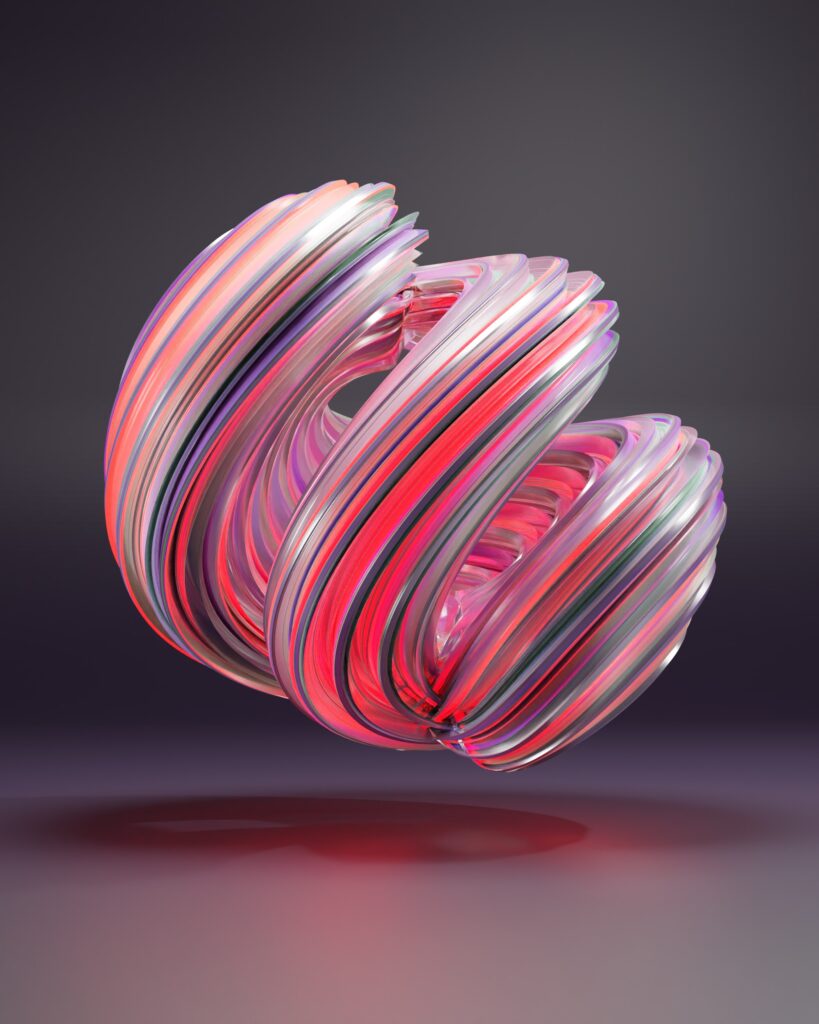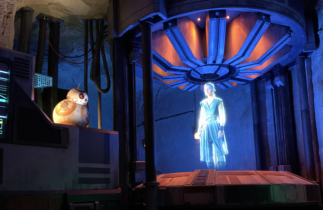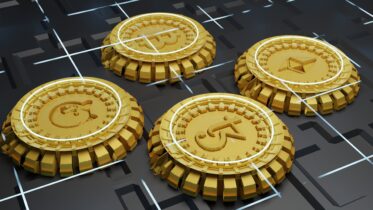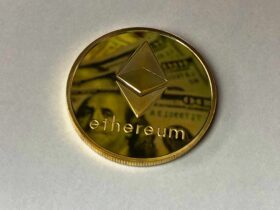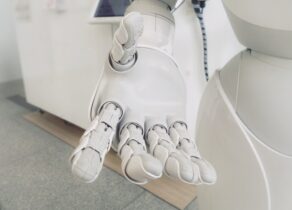The worldwide art market, worth billions of dollars, has historically been a traditional and restricted sector. However, as artificial intelligence advances, the art industry is shifting towards a more democratised and accessible market, introducing the phenomenon of AI-based art.
AI-powered technologies can now generate creative works of art, question the validity of existing works, and even estimate their worth. While some are concerned about AI’s ability to disrupt the industry, others view it as a way for artists to reach a larger audience and collectors to access a greater range of investment options.
According to an Art Basel and UBS estimate, the global art industry will be worth $64.1 billion in 2020. However, the market has been on a rising trend in the last decade. The worldwide art market was valued at $39.7 billion in 2011, representing a 61% increase over the previous ten years.
It is important to note that these data are estimations, and the art market is notorious for its lack of openness, making determining the exact value of the market complex.
The Rising Art Market
There are several reasons why the value of the art market has been on a rising trend over the last decade:
- Increasing wealth. As wealth has increased globally, more people have been able to invest in art, driving up prices.
- Globalisation. The art market has become more global, with a broader range of buyers and sellers participating worldwide. This has increased the demand for high-quality art and has led to a rise in prices.
- Investment demand. Art is seen as a safe haven asset, and many investors have been buying art to diversify their portfolios and protect against economic uncertainty.
- Technology. The growth of technology has made it easier for buyers and sellers to connect, increasing transparency and efficiency in the market.
- Awareness and education. Increased awareness and education about the art market have led to more people becoming involved and interested in collecting, further driving up demand and prices.
These factors have contributed to the overall rise in the art market’s value over the last decade. However, despite the growth in the traditional market, there is a continued focus on AI-based art.
What Is AI-Based Art?
AI-based art is artwork that is made or aided by machines. This can take various forms, from entirely created art pieces generated by algorithms to works that utilise AI technology in their development or presentation. AI-based art may use multiple AI models, such as machine learning and computer vision, to create one-of-a-kind and creative artwork.
Machine learning is utilised to produce art by training algorithms on vast datasets of existing art. These datasets teach the algorithm patterns and styles, which they then employ to create new works. In contrast, computer vision allows editing and improving existing pictures and synthesising new images based on visual inputs.
There are several platforms and websites that offer tools for creating AI-based art:
DeepArt.io: A platform that allows users to upload an image and have it transformed into a unique piece of art using AI algorithms.
Pikazoapp.com: An app that uses AI to remix existing images and turn them into unique works of art.
Let’s Enhance: An AI tool to upscale and enhance images.
RunwayML: An open-source platform that offers a wide range of AI models for creative purposes, including art.
Artbreeder: A platform that allows users to breed unique art pieces by combining existing art and AI algorithms.
Online markets, cryptocurrency-based marketplaces, and direct sales are all methods for selling AI-based art. Artsy and Saatchi Art, for example, offer a forum for artists and collectors to buy and sell art, including AI-based art. Cryptocurrency-based marketplaces such as SuperRare and Rarible enable the purchase and sale of AI-based art using cryptocurrency.
Artists can also sell their AI-based paintings to collectors directly through their websites or personal networks. Furthermore, galleries and shows specialising in digital and new media art may be viable platforms for selling AI-based art. The ideal method for selling AI-based art will be determined by the artist’s aims, target audience, and genre of work. Portrait of Edmond de Belamy, made by the Paris-based art collective Obvious, is one of the most valuable AI-generated art to date. That painting sold for $432,500 at a Christie’s auction in October 2018.
Read the full article here.
